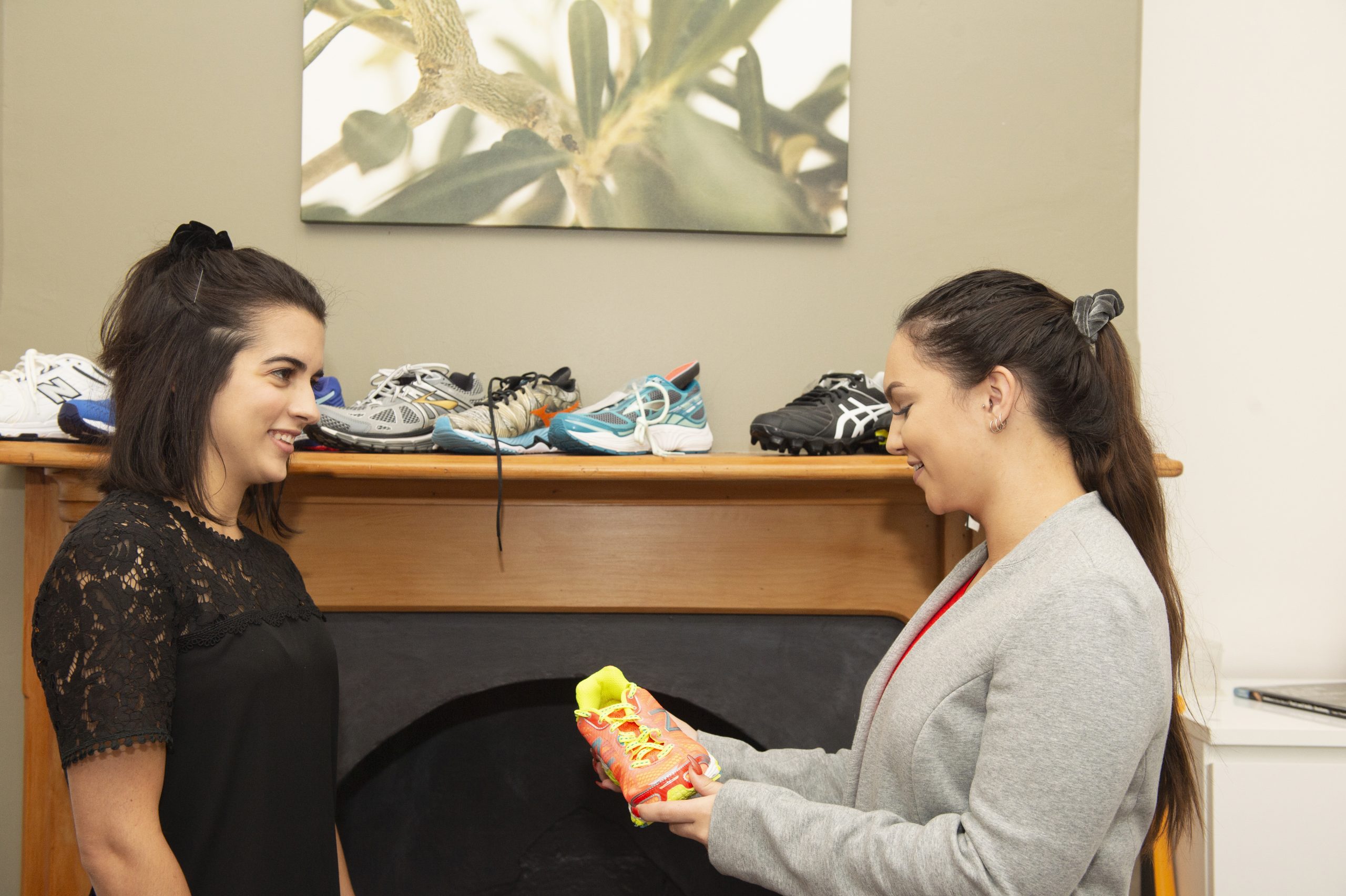Why do some orthoses cost so much more than others?
“Shoe inserts”, “insoles”, “padding”, “gel cushions”, “orthotics” – there are so many different names and options out there in the market with different price tags attached to them and it can all get very confusing with what they are and what they aim to do.
Orthoses, or orthotics, are essentially orthopaedic in-shoe devices that aim to treat and/or prevent foot, ankle, knee or other lower limb issues. They can act in multiple ways including supporting and improving foot function, controlling biomechanical alignment, accommodating deformities, reducing pain and increasing mobility.
To categorise them, these are the different types of in-shoe devices that are out there:
1. Custom Foot Orthoses
Custom foot orthoses are the gold standard for treating any lower limb issues you may have – they are a pair of custom medical-grade devices that are moulded to your unique foot shape. Being a medical-grade device, you may well be eligible for some coverage with your private health insurance.
These orthoses can be classified into two subcategories:
- Functional orthotics – These act to support, realign and control any biomechanical abnormalities (i.e. overpronation or ‘rolling in’ in flat feet) which might be adding extra stress to the body and contributing to any foot, ankle or other lower limb conditions that you may have.
- Accommodative orthotics contour to your foot shape and help with redistributing any pressure overload that you may have in some parts of your feet due to pre-existing foot deformities.
An in-depth biomechanical assessment by a trained podiatrist is performed and scans of your feet are taken. A prescription is made based on any medical conditions that you have. As such, they do cost the most out of all the different types of options. Just like prescription glasses, they often require a wearing in period, and they only work as much as they are worn. As such, they are also considered a long-term treatment modality and aim to prevent potential conditions that may occur in populations that are at risk. In severe cases, custom ankle-foot orthoses (AFOs) may also be needed in some individuals.
2. Semi-Custom Foot Orthoses
This is a step down from the custom moulded orthoses, with a generic template for the actual shell of the orthotic. These orthoses are made from a template that suits an individual’s foot type but does not fully contour to the foot as custom-made orthoses would. Some additional adjustments also can be made to these devices, depending on the issues that you have.
3. Off-The-Shelf, Over-The-Counter or Prefabricated Orthoses
These generic insoles may provide some degree of arch support and in some cases, are sufficient enough for minor conditions or in individuals with no major foot deformities or biomechanical issues. This is the cheapest option out of the other orthoses, but are very generic and may not offer the same level of comfort and support. Additionally, they are often made with softer materials such as EVA, which do wear down more quickly as well.
4. Gel Inserts, Heel Cups or Cushions
These are not actually orthoses, but soft cushioned devices that you can get from the pharmacy or shoe stores. They may make your feet feel more comfortable but do not necessarily support your feet or help with treating some of the foot, ankle or knee problems that you have.
Some of the many conditions that may potentially benefit from orthoses include:
- Abnormal foot posture (e.g. Excessively flat feet or high arch feet)
- Heel or arch pain (e.g. Plantar fasciitis)
- Forefoot pain (e.g. Morton’s neuroma, Hallux rigidus)
- Foot deformities (e.g. Bunions, claw toes, hammer toes)
- Arthritis in the feet, ankle or knees
- Blisters or corns due to excessive pressure or friction
Orthoses are a useful long-term treatment for certain issues relating to your lower limbs. However, it is essential to get diagnosed and assessed by a podiatrist who is specifically trained in the prescription of the device to determine the best option for your concerns, as some generic orthoses can end up doing more harm than good.
To speak with our podiatrists about orthoses, please contact Southwest Foot and Ankle Centre today on (08) 9791 1319 or by booking an appointment online!
FAQs:
If I get orthoses, does this mean I have to be constantly wearing my joggers?
Thankfully, orthotic-friendly dress shoes, sandals and casual shoes can be purchased. You can also have a discussion with your podiatrist regarding getting slimmer fitting orthoses that fit most of your everyday shoes so that you can still get the support that you need, whilst not having to completely relinquish your fashionable footwear.
Will my foot muscles get weaker if I wear them for too long?
Not exactly! Orthoses work to support the lower limb in a better alignment, which aims to optimise appropriate muscle usage and aid in joint function. By reducing abnormal forces through your joints, reducing pain, and improving your gait pattern, you can do activities for a longer period of time and may prevent overuse injuries as well.
I have had orthoses before and they hurt my feet!
Every pair of orthoses is different. Just like how you may require a new pair of glasses every few years, you may be due for an update on your old pair. Additionally, technology has advanced significantly and more adjustments can be made to make your orthoses more comfortable.








